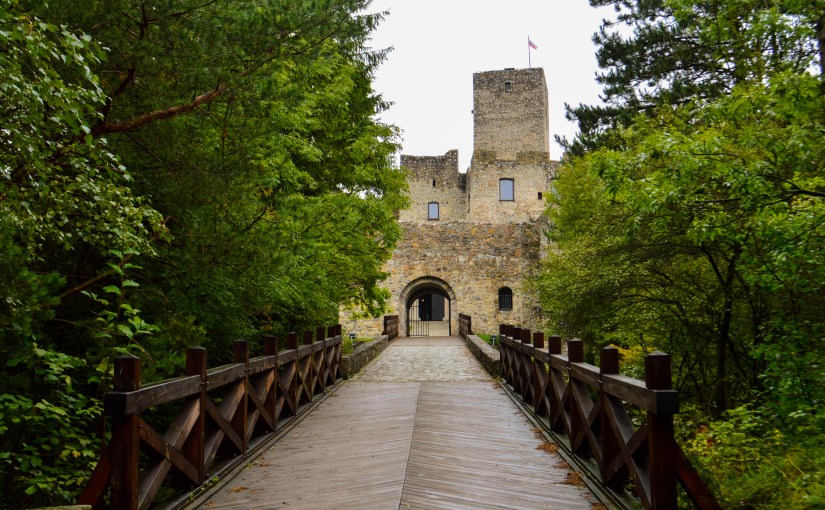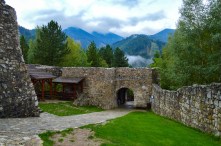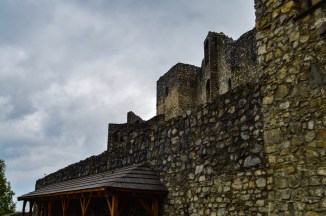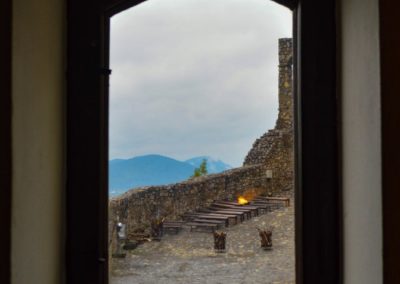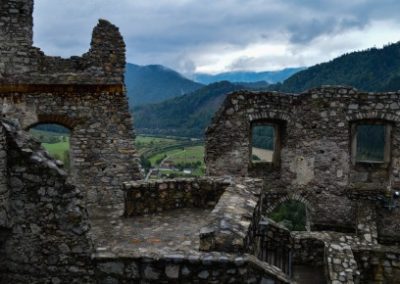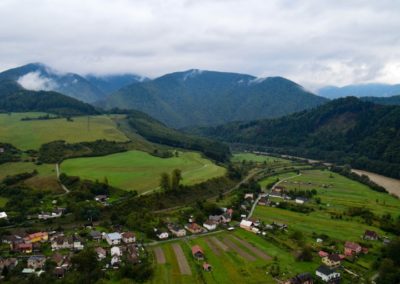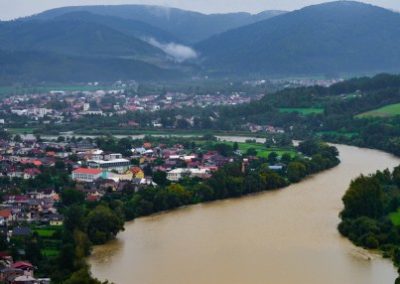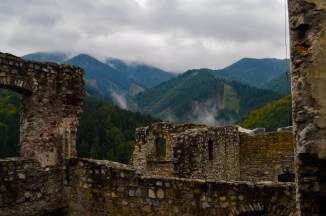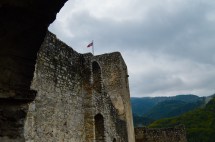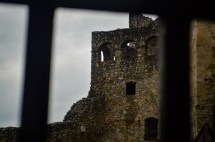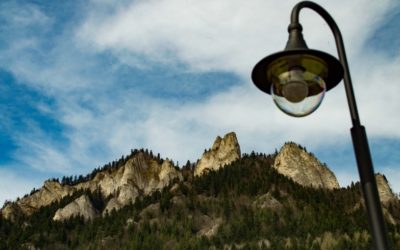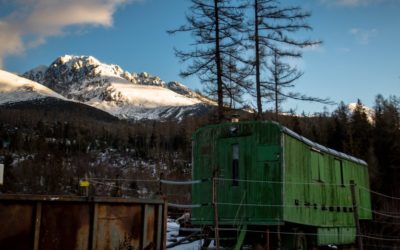The forces occupying Strečno Castle during the middle ages used their cliff-side perch to full advantage, warding from potential invaders and taxing those who traversed over river and road below. The castle was modest then. Only a square tower and a courtyard, surrounded by stone walls and a moat. How must’ve the peasantry felt as they gazed at the watchful monolith above? Grateful for the security it represented or spiteful at the careless, greedy fingers pillaging their purses?
Strategically built above the Váh River, Strečno chanced upon a much longer and significant history than its builders could have foreseen. Its walls were originally built to fend off invading Tartars and only fell centuries later in an Anti-Hapsburg rebellion led by Imre Thököly in the 1660s. After Thököly’s rebellion was finally crushed forty years later, Strečno Castle was partially demolished by Emperor Leopold I (essentially for the trouble its strong defenses had caused him), and the ruined fortress gazed for three centuries upon the villages below, watching their growth even in its own decay. And yet, its husk remained stoic upon its advantageous perch, inviting Czechoslovak forces to set up a position within and sheltering them from Nazi artillery in WWII.
More from Andrew:

